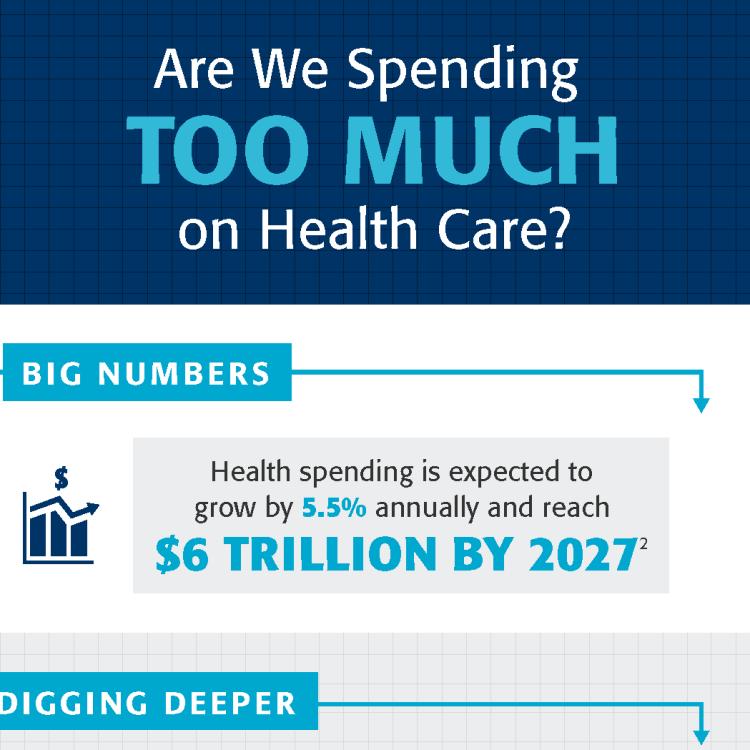AUTHORS
Michael Ciarametaro, MBA, Vice President of Research, National Pharmaceutical Council
Lisabeth Buelt, MPH, Consultant
PUBLICATION
As policymakers consider legislative and regulatory proposals to lower biopharmaceutical prices, it is important to consider how such policies affect future innovation. To gain a better understanding of what is known about price regulation and its impact on future drug development and innovation, we conducted a targeted literature review, exploring the qualitative and quantitative research published in peer-reviewed journals, gray literature reports, and policy white papers.
The objective of our analysis was to explore the evidence surrounding the relationship between biopharmaceutical revenues and market size and the level of research and development (R&D) spending or innovative output in the form of new drug approvals This evidence may be used to inform health care policy interventions aimed at reducing health care costs through the implementation of biopharmaceutical pricing regulations. Exploring this topic is crucial, as such policies could have a range of downstream consequences for the global biopharmaceutical market. Our analysis has five key findings and three implications for policy.
KEY FINDINGS
- Reducing incentives to invest in biopharmaceutical R&D results in less innovation. There is robust evidence of the relationship between expected economic returns and innovative output.
- Public policy interventions can either increase or decrease incentives for innovation. Public policies have practical implications that can help or hinder the development of new medicines.
- There is significant uncertainty surrounding the extent to which price regulations will negatively impact future innovation. Price regulations can produce a broad spectrum of unintended consequences.
- The impact of price regulation policies is likely to vary across disease areas. Price regulation can hinder innovation in key disease areas such as cancer and autoimmune disorders.
- Analyses of price regulation policies often do not accurately reflect the current biopharmaceutical landscape. Current price regulation policy models do not account for the current R&D market.
POLICY CONSIDERATIONS
- Policymakers must acknowledge the trade-offs and risks associated with price regulation policies. Enactment of price regulations in the U.S. will result in fewer therapies coming to market. When it comes to biopharmaceutical innovation, even a small number of therapies can make a big difference to patient health outcomes.
- Policymakers must consider how price regulation policies will affect market incentives and how this might change the nature of biopharmaceutical innovation. The biopharmaceutical innovation ecosystem is extraordinarily complex, and the risks and costs associated with R&D vary substantially within and across treatment areas and therapeutic types.
- Policymakers must consider how the enactment of price regulation policy might affect patient health outcomes. Even small changes in incentives, compounded over the many years drugs are in development, could result in substantial downside risks to innovative output patient health outcomes.


